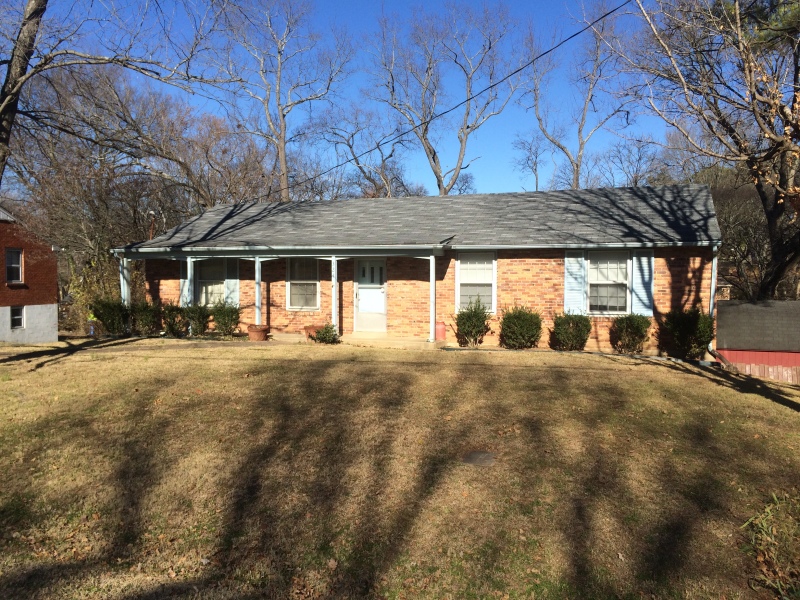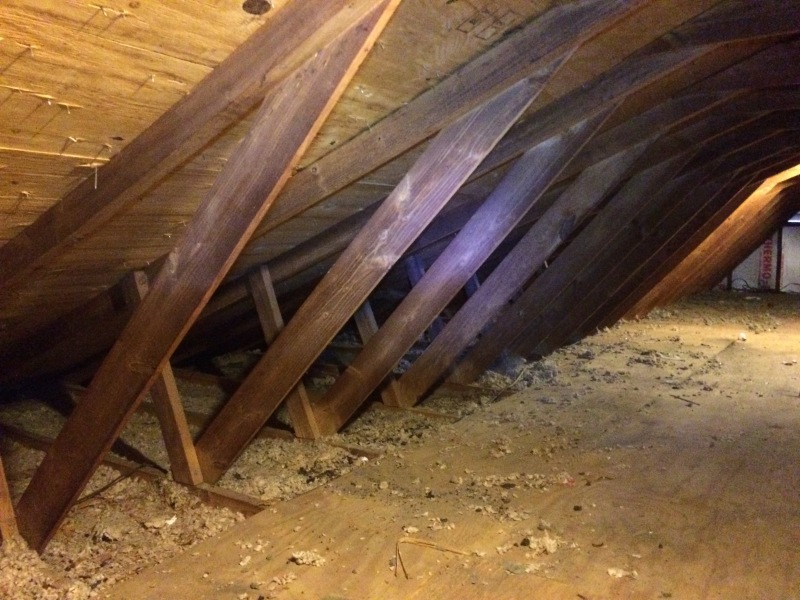bobharsh
Civil/Environmental
- Nov 17, 2010
- 8
YOung engineer who often forgets which way up is designing own house remodel...
Any help here would be mUcH appreciated! I feel competent enough to size beams and columns -> I am concerned I am overlooking major design flaws.
I am converting a truss roof system into a cathedral ceiling the whole length of the house. I am using a system of columns and structural ridge beams to support the roof. I am also gutting the entire house/moving majority of walls around.
1st question: I would like to concentrically load the columns @ the basement level by aligning columns on the first floor. Am I creating a hinge here? Do I need a moment connection/do I need to use a continuous column to achieve this concentric load path? The 1st level floor is 2x8 joist @ 16 on center. (see attached BH_house 2 model) Due to 2x4 stud wall framing - I have sized a HSS3x3x3/16 column - is this over kill? I understand that sheathing will act to reduce the le dimension in the strong axis -but- the amount of sheathing in several areas is limited.
2nd question: Diaphragm question -> I am removing the majority of ceiling joist in the center of the house. Do I need to add any chord elements across the living area here? There are areas of low roof in the bed rooms(attached is low roof framing plan).
Thank you for your time. ~ Bob
Any help here would be mUcH appreciated! I feel competent enough to size beams and columns -> I am concerned I am overlooking major design flaws.
I am converting a truss roof system into a cathedral ceiling the whole length of the house. I am using a system of columns and structural ridge beams to support the roof. I am also gutting the entire house/moving majority of walls around.
1st question: I would like to concentrically load the columns @ the basement level by aligning columns on the first floor. Am I creating a hinge here? Do I need a moment connection/do I need to use a continuous column to achieve this concentric load path? The 1st level floor is 2x8 joist @ 16 on center. (see attached BH_house 2 model) Due to 2x4 stud wall framing - I have sized a HSS3x3x3/16 column - is this over kill? I understand that sheathing will act to reduce the le dimension in the strong axis -but- the amount of sheathing in several areas is limited.
2nd question: Diaphragm question -> I am removing the majority of ceiling joist in the center of the house. Do I need to add any chord elements across the living area here? There are areas of low roof in the bed rooms(attached is low roof framing plan).
Thank you for your time. ~ Bob


